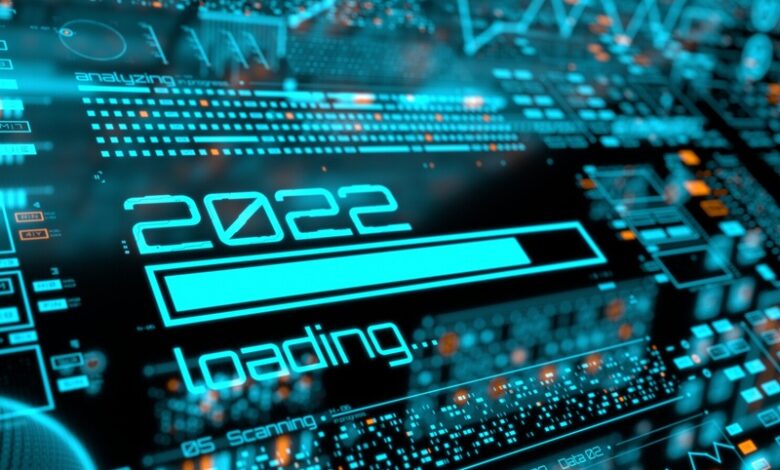Cyber Turning Point: Balancing on the Brink of Technological Change
News Mania Desk / Piyal Chatterjee / 8th April 2025

Our worldwide community is experiencing a challenging time that is generating significant anxiety, disconnection, and anger. The source of these negative emotions is a societal change referred to as an inflection point, which represents a transition from one technological culture to a different one. An inflection point is neither the start nor the conclusion of the transition. Instead, it is the moment when change is generally perceived as unavoidable. At present, the turning point we are witnessing is the transition from a mechanical society to a cyber society, hastened by the emergence of generative AI, or GenAI.
Grasping this specific turning point will aid us in discovering practical, proactive measures to assure individuals that they will not suffer excessive harm during the transition, thus lessening the most intense negative emotions that could otherwise result in significant cultural and social damage. If we discover an effective method to accomplish that and execute it promptly, we can tackle any other obstacles we encounter.
Turning points introduce notable shifts in culture. The social anchors that individuals relied on during difficult times may no longer be the constants they used to be. This is what is leading to the level of anxiety, isolation, and frustration we are experiencing. Certain historians propose that the US Civil War was influenced by comparable sentiments concerning the turning point between an agrarian and an industrial society.
As we navigate the turning point from a low-variable, highly uniform mechanical culture to a high-variable, tech-influenced one, increased insecurity is inevitable. Our culture is significantly influenced by the technology we utilize, thus a change in technology leads to a change in culture. In the not-so-distant past, our culture mirrored mechanical technology. Mechanical technology demands consistency and only requires a few specific standards, like uniform gears within a machine. This feeling of restricted variability centered around a small number of established standards permeates a mechanical culture. This results in a restricted variety of standardized religions, political groups, genders, and gender roles.
In comparison, cyber technology does not need the same degree of restricted variability. Instead of standardized gears, cyber functions through clearly defined interfaces, points where distinct systems converge and interact with one another. Numerous systems are permitted as long as they feature clearly defined interfaces. This results in an abundance of religions, political parties, and even genders as our society starts to mirror cyber technology. An instance is the “interface” recognition observed in the historical underground gay community. Handkerchiefs of various colors placed in distinct pockets indicated which of the numerous genders an individual identified with. This applies equally to occupations and political groups. During the most recent US presidential election, a greater number of voters identified as independents than as supporters of either major party.
The existing anxieties at this inflection point are intensified by the rise of GenAI across nearly all areas of society, both public and private. A friend of mine once described GenAI as an infant just emerging from the hospital. As a community, we are only starting to understand how to utilize it. Nonetheless, it is swiftly growing in strength and abundance. The economic advantages of GenAI are so significant that the implementation of the technology – and consequently, cyber society – is unstoppable. To grasp the magnitude of the shift to a cyber society, examining a few instances can be beneficial.
Looking ahead, we can imagine a farmer who never comes into contact with soil. Farmers would operate from an office and request autonomous vehicles to carry out routine agricultural activities like managing irrigation, sowing seeds, harvesting, and transporting the harvest to a buyer. Ultimately, the farmer no longer needs to be at a computer. GenAI agents will assume responsibilities like selecting planting schedules, crop varieties, and even particular suppliers and purchasers. In the end, the farmer might not possess any land at all. In an additional attempt to disrupt vertical integration, GenAI will decide on crop locations and even coordinate the rental of land in the selected region. A project for automated agriculture named Roboton Farmer is currently in progress – automation is advancing quickly.
A study found that over 17.5% of the latest articles sent to scientific journals were authored by GenAI. Additionally, GenAI has composed between 6.5% and 16.5% of the peer review evaluations that are claimed to be authored by the specialists who assess the suitability of papers for publication. Shortly, GenAI will conduct the research autonomously. Moreover, GenAI is actively developing software. My programmer friends believe the results are, at most, a decent initial draft that still needs manual work to refine it for production readiness. As time progresses, the quality of GenAI software will enhance with the maturation of the technology. We will observe significant critical systems operating on software generated by GenAI. Ultimately, some believe that GenAI will develop the next wave of AI systems.
In Japan, a shrinking population is fueling the demand for automation. At present, there are also a few restaurants that lack waitstaff. Although human kitchen staff are present, all customer service depends on robots. At every table, a tiny robot handles orders and payments. A different robot brings the food. In the future, GenAI will observe the customers and pay attention to their feedback, determining what type of food to suggest based on their observations and responses. The kitchen will be automated using GenAI agents, and the variety of dishes on the menu will be quite extensive.
Regrettably, the economic and technological trends driving these changes cannot be undone. Anxiety and isolation foster a yearning to halt the unavoidable, yet the futility of that leads to dangerously high levels of rage. Individuals start to behave in harmful ways on personal, social, and political levels. Acting out may result in increased anxiety, isolation, fear, and anger. If appropriate measures are not implemented, it may result in a harmful cycle.
The challenge we face at this turning point is, how can we navigate this transition while reducing the damage we experience? It appears that there is merely one strategy that may succeed: to guarantee that a respectful standard of living will continue even following such a significant social change.
Nonetheless, numerous individuals will reject basic reassurances, particularly because the guarantees from experts frequently do not align with their own experiences. Economist Paul Krugman, in a recent interview about his research on globalization, stated that he committed a significant error. He had examined the job loss figures in relation to the overall US economy and determined they were not substantial. His error was in failing to see that the job losses would not be evenly spread out. That they would be focused in particular towns or neighborhoods, and consequently, those neighborhoods would be permanently ruined.






